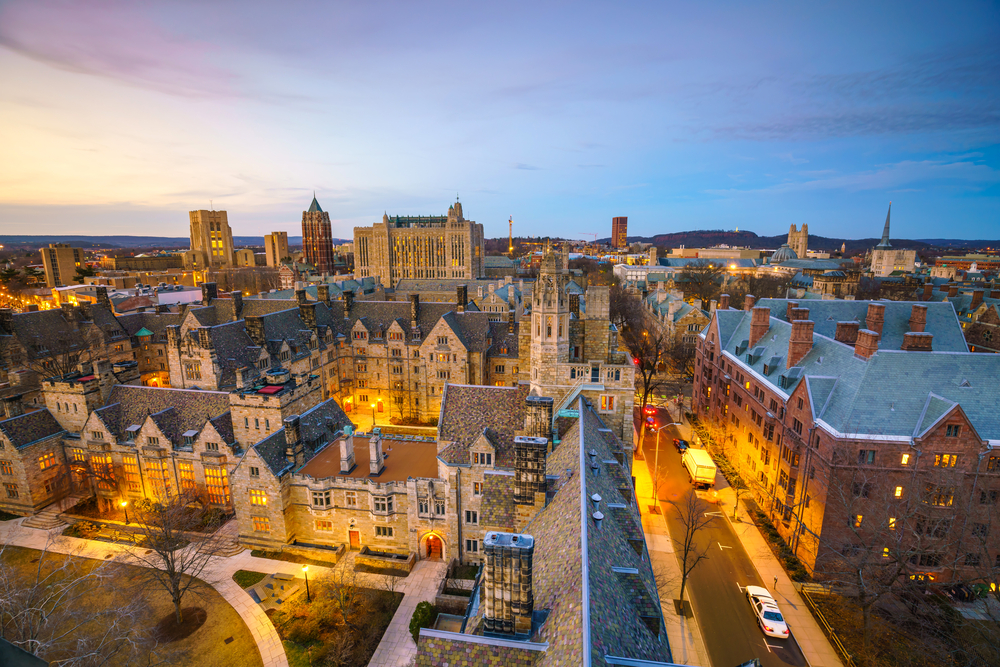
Connecticut, known as the “Constitution State,” is filled with landmarks that narrate the rich history of America’s past. Among these treasured sites, the Mark Twain House & Museum in Hartford stands out as Connecticut’s most iconic historic landmark. Recognized not only for its architectural beauty but also for its significant contribution to American literature and culture, the Mark Twain House offers visitors an immersive journey into the past.
The Historical Significance of the Mark Twain House
Built in 1874, the Mark Twain House served as the residence of Samuel Langhorne Clemens, famously known as Mark Twain, from 1874 to 1891. This was where Twain created some of his greatest literary works, including “The Adventures of Tom Sawyer” and “Adventures of Huckleberry Finn,” which remain classics in American literature today.
In recognition of its historical and cultural importance, the house was officially designated a National Historic Landmark in 1962 by the National Park Service (nps.gov).
A Masterpiece of Victorian Gothic Architecture
Designed by the prominent New York architect Edward Tuckerman Potter, the Mark Twain House is celebrated for its distinctive Victorian Gothic style. Potter’s design incorporated lavish details, including a grand hall with intricately carved wood ceilings, vibrant patterns, and luxurious decorative arts. A stunning glass conservatory and an ornate grand staircase highlight the home’s opulent interior, reflecting the Twain family’s sophisticated taste and wealth during the Gilded Age.
Twain’s Legacy Preserved

Today, the Mark Twain House operates as a well-curated museum that draws thousands of visitors annually. Guests can take guided tours to explore the fully restored interior rooms, each furnished with authentic period artifacts that belonged to the Twain family. These tours vividly recount anecdotes from Twain’s life, offering insights into both his personal and professional experiences (marktwainhouse.org).
The museum’s dedicated exhibits provide further context about Twain’s profound impact on literature and society. Educational programs tailored for schools, families, and literature enthusiasts underscore the house’s mission to preserve Twain’s legacy and promote literary appreciation among younger generations.
Beyond the Twain House: Connecticut’s Historical Tapestry
While the Mark Twain House remains Connecticut’s standout historical landmark, other noteworthy historic sites contribute significantly to the state’s rich heritage.
New Haven Green
Established in 1638, New Haven Green holds a prominent place in Connecticut history. Initially designed as a communal pasture, the Green evolved into a central hub for civic activities, religious gatherings, and public events. It is surrounded by historically significant buildings, including three architecturally impressive churches, which symbolize the city’s foundational roots. The Green continues to serve as a bustling site for festivals, markets, and community events, offering a living connection to Connecticut’s colonial past (cityofnewhaven.com).
Grove Street Cemetery
Another historic gem in New Haven is the Grove Street Cemetery, established in 1796. Known as the first chartered burial ground in the United States, the cemetery serves as the final resting place for numerous notable figures, including Yale University’s distinguished faculty members and alumni. The cemetery’s entrance, featuring an Egyptian Revival gateway, adds an architectural landmark that reflects early American attitudes toward commemoration and permanence (grovestreetcemetery.org).
Connecticut’s Commitment to Preservation

Connecticut actively preserves its historical landmarks through various initiatives managed by state and local agencies. The State Historic Preservation Office (SHPO), under the Department of Economic and Community Development, plays a critical role in preserving historic places across Connecticut (portal.ct.gov).
Visitors and history enthusiasts can explore Connecticut’s vast historical resources online through the SHPO’s official website, which provides comprehensive details about preserved sites, ongoing preservation efforts, and guidelines for maintaining historic properties.
A Journey Worth Taking
A visit to the Mark Twain House & Museum is more than an ordinary historical tour; it’s a profound exploration of one of America’s most influential literary voices set within a beautifully preserved historic landmark. Whether you’re captivated by Twain’s literary genius, fascinated by Victorian Gothic architecture, or simply passionate about American history, the Mark Twain House offers a richly rewarding experience.
Connecticut’s dedication to historical preservation ensures that iconic landmarks like the Mark Twain House, New Haven Green, and Grove Street Cemetery remain vibrant portals to America’s storied past, waiting to be discovered by future generations.



